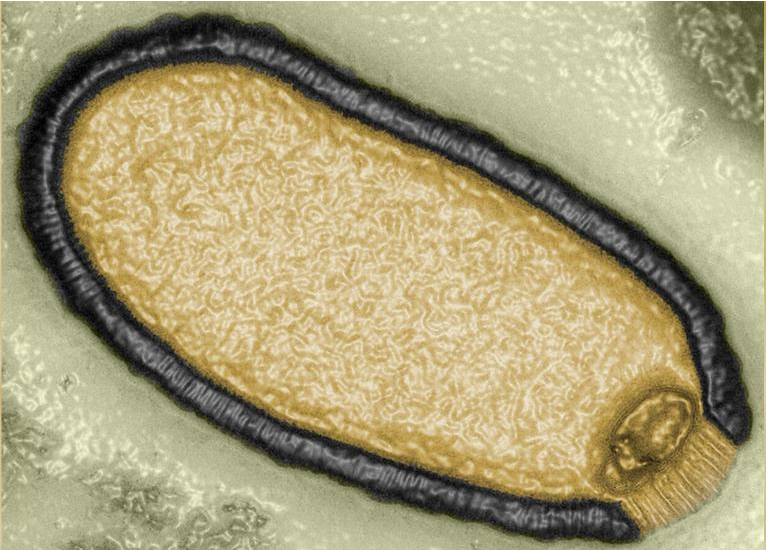Scientists revive 'zombie virus' that was frozen for nearly 50,000 years
Scientists have revived a "zombie" virus they say spent nearly 50,000 years frozen in permafrost, part of a new batch of research that identifies several newly discovered viruses that have been frozen underground for tens of thousands of years.
To better understand the risks posed by frozen viruses, Jean-Michel Claverie, a French professor of medicine and genomics, tested earth samples taken from Siberian permafrost – also called permanently frozen ground – in search of what he describes as "zombie viruses."
Permafrost can be found on land and below the ocean floor in areas where temperatures rarely rise above freezing. It's often found in the Arctic, Greenland, Alaska, Russia, China and Eastern Europe.
The Arctic's permafrost, a frozen layer of soil, is melting because of rising temperatures, scientists say, potentially awakening viruses that have been dormant for millennia.
Research published by Claverie, emeritus professor at the Aix-Marseille University School of Medicine in Marseille, and his team in February show ancient viruses from Siberian permafrost samples were collected in the study.
They found the oldest of the virus strains – collected from an earth sample at the bottom of an underground lake – was almost 48,500 years old.
Samples taken from the stomach of woolly mammoth remains were 27,000 years old.
'Zombie ant fungus' in humans? Climate change sparks fungi fears — some serious and some sill

A reanimated virus
In 2014, Claverie and his team reanimated a virus from permafrost that had been dormant for 30,000 years by introducing it into cultured cells. He studied a virus that targeted only single-cell amoebas as a safety measure.
The next year, in 2015, repeated the experiment with a different virus type.
In his latest research, published on Feb. 18, Claverie and his team isolated several strains of ancient viruses from seven locations in Siberian permafrost.
According to the study, the latest strains belonged to five virus families – pandoravirus, cedratvirus, megavirus and pacmanvirus, and the new pithovirus strain – in addition to the two he had revived earlier.
Collagen is is the latest wellness craze: Are your vitamins causing climate change?
Could unfrozen ancient viruses threaten public health?
According to Claverie, viruses that remain infectious after being frozen for so long could pose a public health threat as the viruses that infect amoebas are stand-ins for all other viruses that could be in the permafrost.
"One can reasonably infer that many other eukaryotic viruses ... may also remain infectious in similar conditions," the study reads.
“We see the traces of many, many, many other viruses,” he told CNN. “So we know they are there. We don’t know for sure that they are still alive. But our reasoning is that if the amoeba viruses are still alive, there is no reason why the other viruses will not be still alive and capable of infecting their own hosts."
Go deeper
Yes, you are reading this right: The CDC wants you to prepare for a zombie apocalypse.
'Zombie ant fungus' in humans? Climate change sparks fungi fears — some serious and some silly
What is Valley fever?: Fungal infection from the Southwest may spread with climate change.
Natalie Neysa Alund covers trending news for USA TODAY. Reach her at nalund@usatoday.com and follow her on Twitter @nataliealund.
This article originally appeared on USA TODAY: 'Zombie virus' frozen in permafrost revived after 50,000 years

